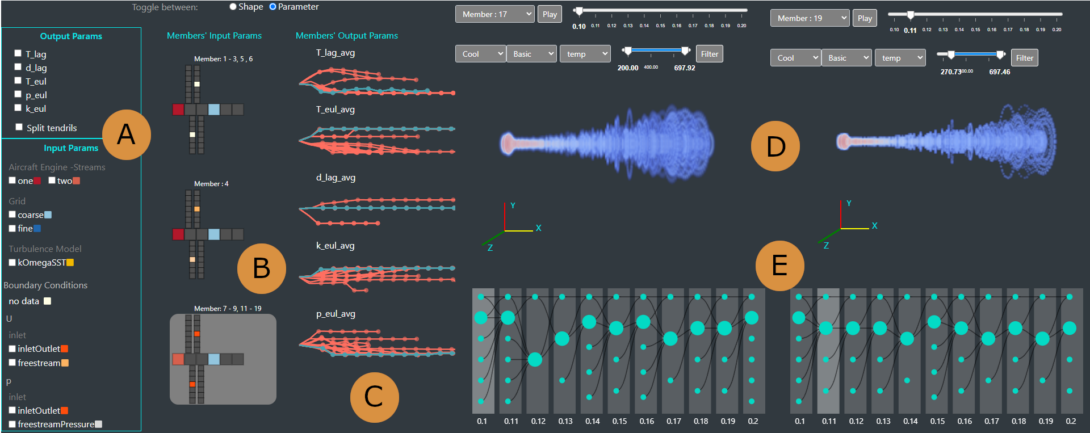Doctoral student featured in IEEE Computing Edge
Doctoral student featured in IEEE Computing Edge

Doctoral student Md Nafiul Nipu’s work on contrail visual computing was featured in the July issue of IEEE Computing Edge, a magazine for IEEE Computer Society members.
The research cited, Visual Analysis and Detection of Contrails in Aircraft Engine Simulations, was initially published in IEEE VIS in 2022 by Nafiul and fellow PhD students Negar Naghashzadeh and Carla Floricel; Professor Roberto Paoli from mechanical and industrial engineering; and Professor G. Elisabeta Marai, who is also Nipu’s advisor.
“I opened the July issue with no expectations but was interested because it had a section on data visualization,” Marai said. “The authors didn’t contact, interview, or notify any of us, which is even more marvelous—they picked up the work as an example of cutting-edge work in visual computing.”
Contrails, or condensation trails, are line-shaped, manmade clouds produced by aircraft engine exhaust. Soot and sulfur compounds combine with water vapor in airplane exhaust to form ice crystals at the low temperatures at high altitude. This phenomenon is more common when the temperature is low, and humidity is high.
The July IEEE Computing Edge article, Data Visualization for Digital Twins, provides examples of the various tasks that can benefit from digital twin simulations.
Digital twins are a visual representation of physical objects. High-performance computing systems mimic real-world environments that imitate the environment being studied. It is a far faster, more cost-effective method of analyzing data and a crucial way to optimize the performance of physical systems.
UIC’s Electronic Visualization Lab, or EVL, enables scientists and engineers to manage the scale and complexity of their data, render it in 2D and 3D, and move large datasets over high-speed networks, among other things.
“In our case, we worked with aircraft engine simulations,” Nipu said. “Researchers have studied precisely how contrails form, as well as their effect on the environment. To obtain real-world data and analyze the results is very costly and can take years. In our work, we analyzed simulation results generated based on real-world data.”
Nipu is a fifth-year PhD student and hopes to graduate in 2025. His research focuses on data visualization and scientific visualization.